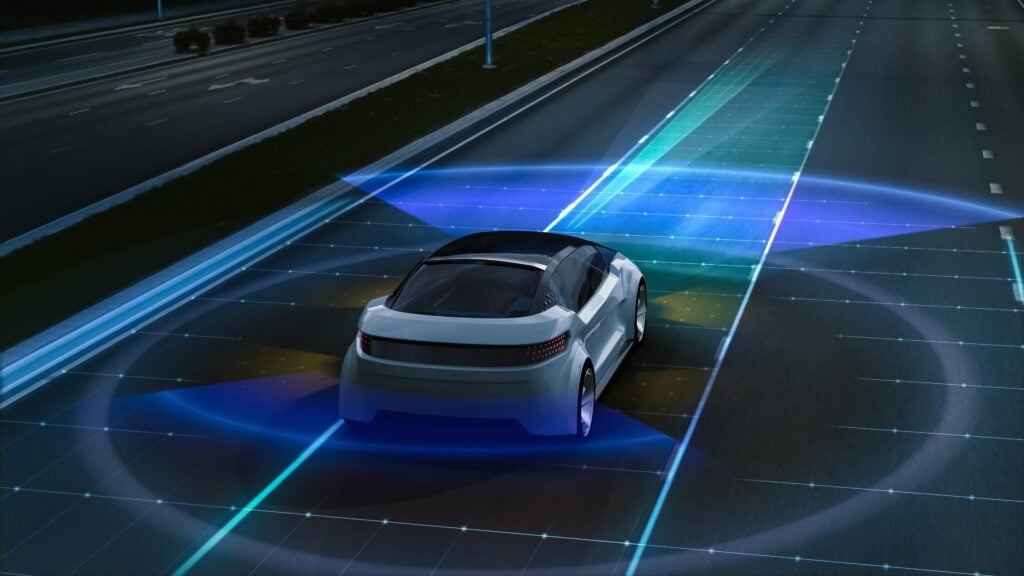Pulse of Information
Your source for the latest insights and updates.
Car Talk with No Driver: The Rise of the Robots on Our Roads
Discover how driverless cars are changing our roads! Explore the rise of autonomous vehicles in this thrilling journey into the future of driving.
Understanding Autonomous Vehicles: How Do They Work?
Understanding Autonomous Vehicles requires a grasp of the sophisticated technology that powers them. At their core, autonomous vehicles utilize a combination of sensors, cameras, and advanced algorithms to perceive their environment. These vehicles are equipped with features such as LiDAR (Light Detection and Ranging), radar, and ultrasonic sensors that allow them to create a detailed map of their surroundings. This data is processed in real-time using complex machine learning models, enabling the vehicle to make informed decisions about speed, navigation, and obstacle avoidance.
Furthermore, autonomous vehicles rely on an intricate network of software and hardware components working in harmony. The data from the various sensors is synthesized to maintain situational awareness, while artificial intelligence plays a crucial role in interpreting this information and predicting the actions of other road users. In a typical scenario, the vehicle’s onboard computer simulates countless driving scenarios, using this extensive analysis to execute safe driving practices. Thus, understanding how these systems interconnect is key to appreciating the functioning of autonomous vehicles.

The Future of Driving: Are Humans Obsolete?
The rapid advancement of technology is reshaping the world of transportation, leading many to ponder the future of driving. With the emergence of self-driving vehicles and intelligent transportation systems, the role of human drivers is increasingly being questioned. Are we moving towards a future where humans become obsolete behind the wheel? As autonomous vehicles gain traction, they come with promises of increased safety, reduced traffic congestion, and enhanced accessibility. They utilize cutting-edge technologies, leveraging machine learning and artificial intelligence to navigate complex environments, potentially making human intervention unnecessary.
However, the transition to fully autonomous driving raises significant ethical and practical challenges. While technology progresses, public trust in self-driving systems remains a hurdle to overcome. Humans possess inherent skills in decision-making and emotional intelligence that machines are yet to replicate. Moreover, the potential for job displacement among professional drivers introduces socio-economic concerns. The future of driving may indeed be on a path toward automation, but it is vital to consider how society adapts to these changes and what role, if any, humans will play in this new era of transportation.
Safety First: How Self-Driving Cars are Changing Road Regulations
The advent of self-driving cars has revolutionized not only transportation but also the legal landscape surrounding road regulations. As autonomous vehicles become more prevalent, lawmakers face the challenge of updating existing traffic laws and creating new ones that accommodate this evolving technology. This includes addressing liability issues, insurance requirements, and the need for standardized safety protocols. Safety first has to be the guiding principle in the drafting of these regulations to ensure the protection of all road users—both autonomous and traditional vehicles alike.
Furthermore, the integration of self-driving technology ushers in advanced features such as automated emergency braking and real-time traffic updates, necessitating a reevaluation of road regulations. This technology prompts discussions about adjusting speed limits, modifying traffic signal protocols, and implementing new safety tests specifically designed for autonomous vehicles. As the regulatory framework evolves, it is crucial for cities and states to collaborate effectively in order to create a cohesive set of guidelines that prioritize safety and streamline the transition toward a future where self-driving cars coexist safely with human drivers.